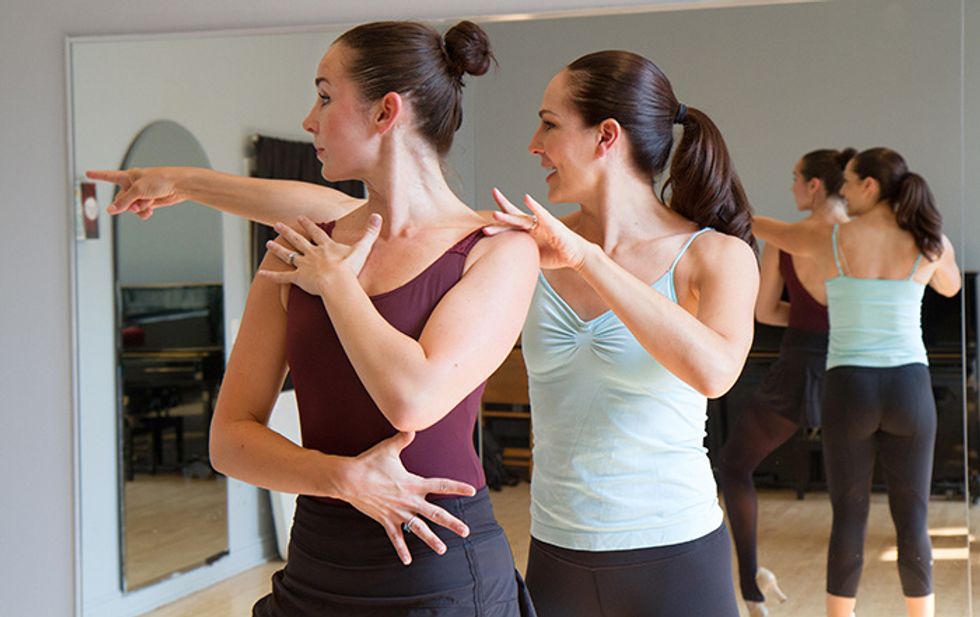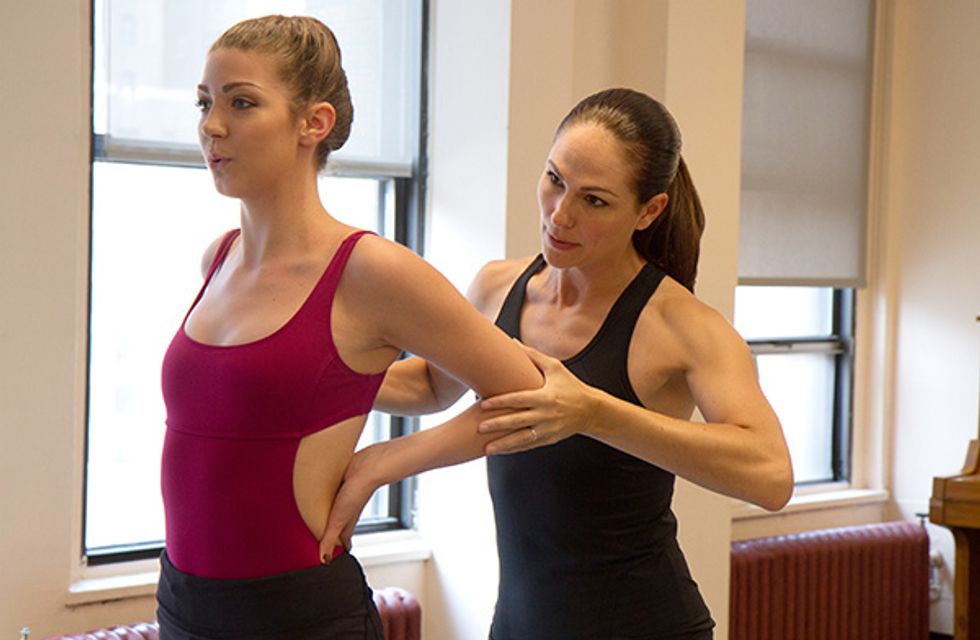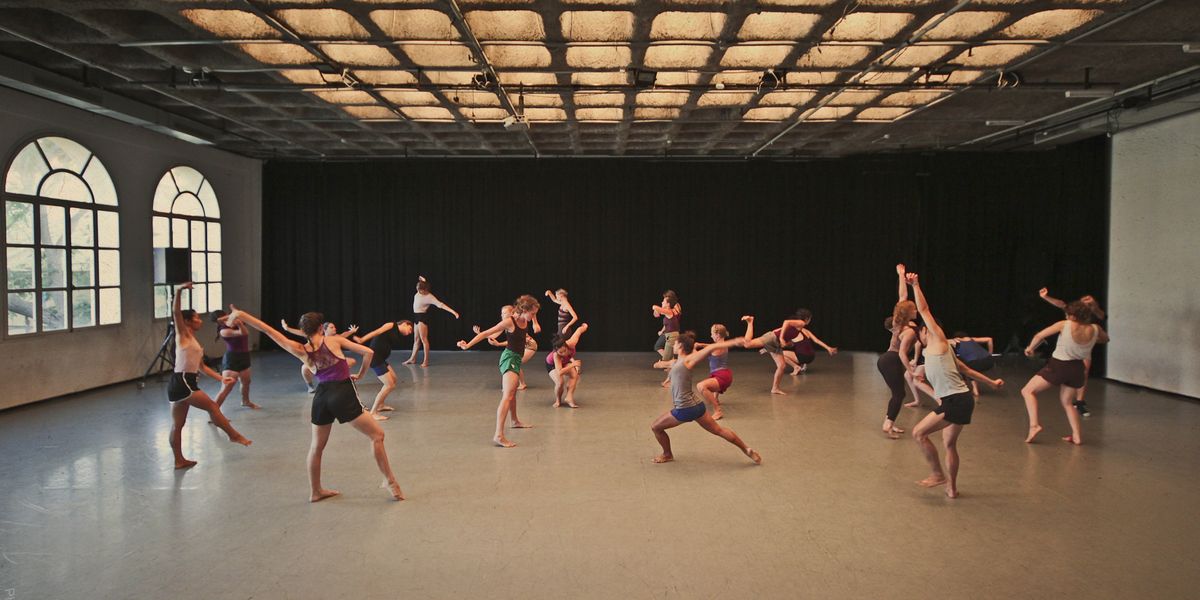Is Contemporary Class Bad for Dancers' Technique?
In today’s dance world, it seems to go without saying: The more varied the training, the better. But is that always the case? Rhonda Malkin, a New York City–based dance coach who performed with the Radio City Rockettes, thinks trendy contemporary techniques that emphasize improvisation and organic movement quality are detrimental to the precision and strength needed to be a Rockette, in a traditional Broadway show or on a professional dance team. Her view is controversial: “If you really want to work, making $40,000 in three months for the Rockettes or $25,000 in one day filming a commercial, you need ballet, Broadway jazz, tap, hip hop—not contemporary,” she says.
On the flip side, techniques that allow dancers more freedom may help them connect more deeply with their body and artistry, while providing release for overused muscles. We broke down the argument for both sides:
Precision & Counting

Rhonda Malkin’s training emphasizes clarity and exactness. PC Glorianna Picini Photography LLC, Courtesy Malkin
Point: Malkin coaches students to hone precise attack, something she sees missing from contemporary training. She suggests counting every movement from the moment a combination is taught to ingrain accuracy and speed learning. “There is no gray area for Rockettes or Broadway styles,” says Malkin. She feels nonexistent counts and interpretive phrasing are visibly detrimental to a dancer’s quality. She recommends not taking any contemporary classes if preparing for traditional Broadway, Rockette or dance team auditions.
Counter: Leah Cox, dean of American Dance Festival, sees musicality as not just counts, but a relationship to rhythm in the body. “At the core of most contemporary dance is finding a deeper understanding of the physical body, how it feels on the inside—not a superficial approach,” she says. Room for exploration, in Cox’s experience, enhances technique and artistry rather than undermining existing foundations.
Certified Gaga teacher Amy Morrow believes investigative styles are beneficial for all dancers, regardless of career goals. “If we want to dance until we’re 92, we need to consider how the body can be the teacher, instead of always demanding the body be obedient,” Morrow says. “Gaga is about letting go to discover new pathways, which you can then take back to the ballet barre.”
Strength & Fundamentals

Leah Cox, PC Jim Lafferty for Dance Teacher
Point: “Many contemporary styles have no true technique—wavy arms and rolling on the floor will not build strength in the legs, spine or abdomen,” says Jennifer Muller, whose Muller Polarity Technique is considered contemporary but pulls from Limón, ballet and an Eastern approach to energy.
Cox partially agrees, saying some contemporary styles masquerade as technique. “While many styles are interesting creatively and choreographically, they do not help organize or develop a base layer of strength,” says Cox. “True technique helps a dancer understand gravity, cultivates dynamics, strengthens the body and creates an understanding of how limbs relate to the body.”
Counter: Styles like Gaga were created to be a toolbox for the dancer, not a codified technique. Morrow says the awareness discovered in a rigorous Gaga class makes a student stronger because “the dancer feels more alive within their own body.”
Shape & Structure

Rhonda Malkin, PC Glorianna Picini Photography LLC, Courtesy Malkin
Point: Muller sees contemporary dancers today struggling with the concept of shape. “Many styles are so vague that dancers are unaware of how their arms relate to their legs and spine, or how shape contributes to meaning,” she says. Flowing continuously through movements without arriving in clear positions is a choreographic choice, but dancers who only move in that style limit their options.
Counter: Whether Morrow is teaching ballet or Gaga, she thinks dancers should “shift perspective from being in control to how can we be served by our body.” In general, she feels dancers can be too judgmental in class. “If all I’m worried about is whether I’m doing a correct tendu, I’m missing the sensorial experience,” she says. Morrow sees deeper progress when dancers get out of the mirror and see other people in space.





